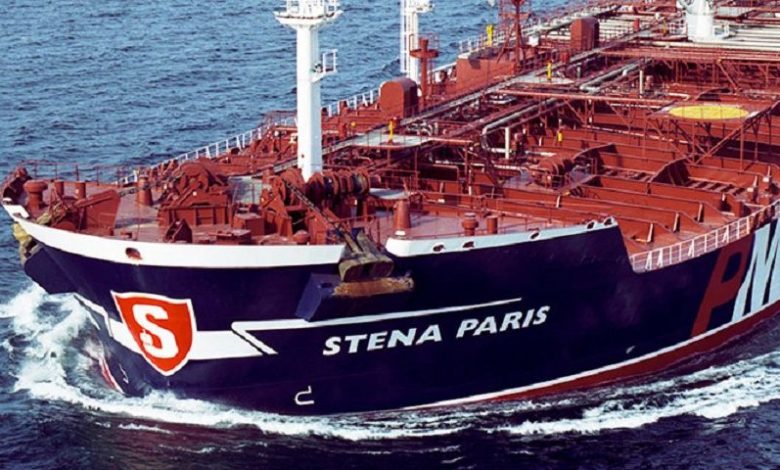Concordia Maritime ditches container conversion project

Swedish tanker player Concordia Maritime has decided to put its pioneering boxship conversion project on hold.
Earlier this year during container shipping’s record earnings run, Concordia Maritime launched a technical design study together with Stena Teknik and a German consulting company to investigate the feasibility of converting and adapting a P-MAX product tanker for container transportation.
While dry bulk carriers have been seen carrying containers over the past year, a tanker repurposed to carry boxes is something not seen since the advent of containerisation by Malcom Mclean 66 years ago.
Containers on tankers are unlikely to be seen anytime soon however with Concordia revealing its project has been shelved.
“The technical study shows that it is technically feasible to convert P-MAX vessels into 2,100 TEU container vessels, but the increasing economic uncertainty has made it difficult to reach an agreement with an end customer,” the company stated in an earnings update, going on to stress that Concordia would “leave no stone unturned” in its efforts to increase both the return and value from its vessels wherever possible.
Back in 1956 Malcom McLean bought two World War II T-2 tankers, which he converted to carry containers on and under deck ushering in the seaborne container trades era.

PMAX ships struggle to stay in profitable range due to high maintenance and operational costs. They are class noted as RPS (redundant propulsion system) and have a double engine room separated by watertight doors. It’s not exactly 2 times the equipment but the operational costs are significantly higher due to 2 x Main Engines, pumps, longer pipework, watertight doors, etc. Additionally they generally need a higher number of crew to keep everything in check (especially in the engine room). The IAS also raises issues with limited availability of service and mostly outdated hardware and software (Valmarine is used mostly on Cruise ships or military vessels).
Having 2 main engines dictates the need to buy 2 scrubbers in order to keep Sulphur emissions down while using conventional fuel. That route was not chosen by Stena and therefore they are using VLSFO and/or MGO.
Many PMAX ships had profitable long-term time-charters which banked in huge profits in the past years. Initially the plan was to use these extra-wide and shallow draft ships to reach up rivers where only smaller ships could reach, opening up a big market, especially in North and South America. Lately that advantage started to dissolve and thus they became a more expensive alternative.
This attempt to extensively modify ships of more than 15 years age to carry containers instead of bulk liquid products can only be seen with high degree of skepticism, especially for the people who have seen up close this batch of ships.